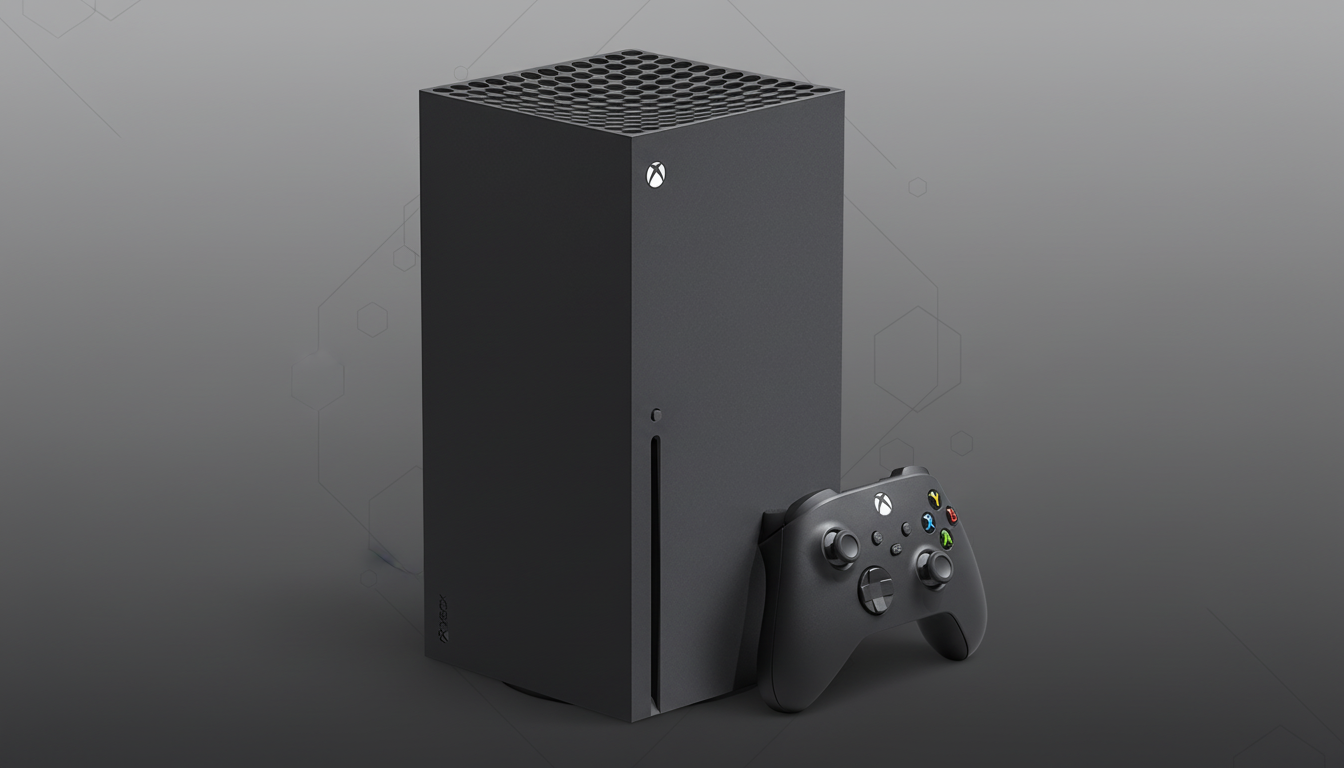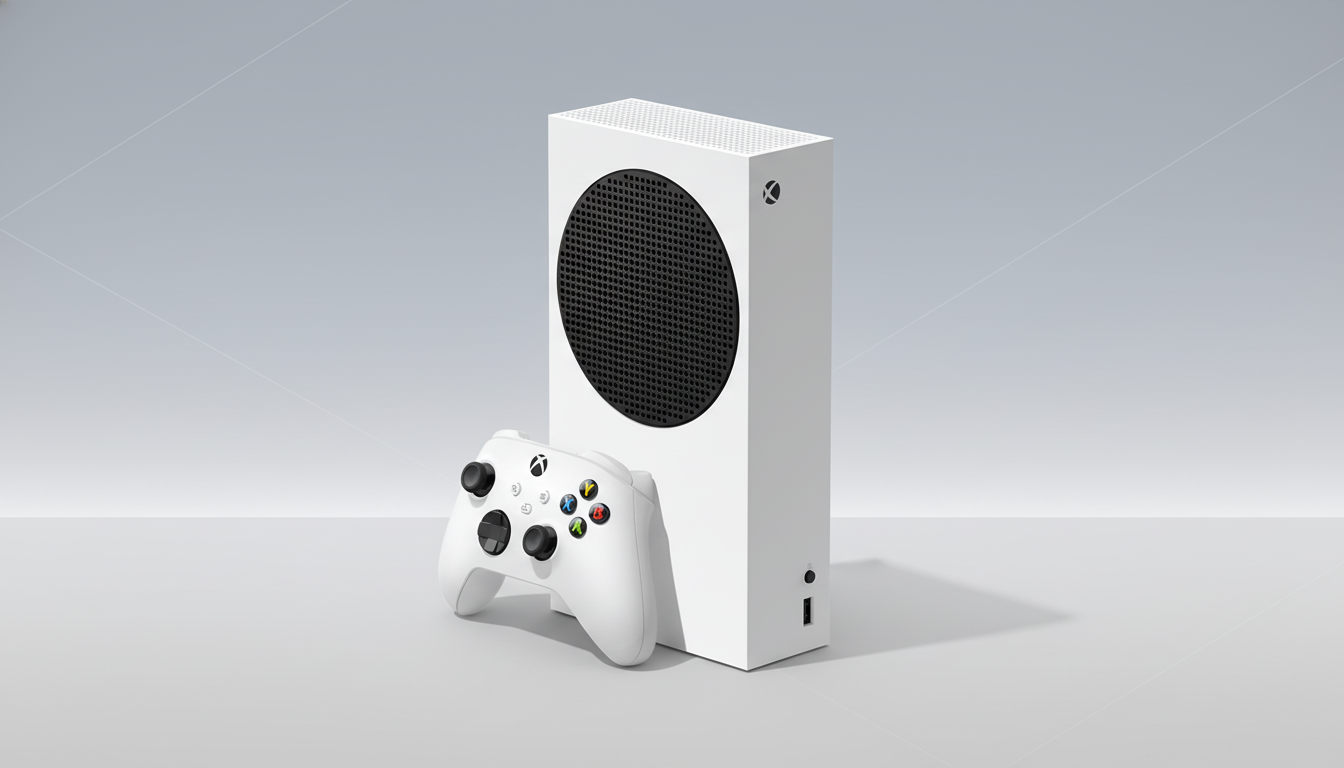The next Xbox from Microsoft wants to be so much more than just a gaming console, according to a new report. The system could reportedly also perform as a fully-fledged Windows gaming PC.
A new report by Windows Central adds that the device is said to run a Windows environment to support multiple storefronts such as Steam, with the same Xbox services and console-style dashboard features.
- Windows at the core of a hybrid Xbox and PC experience
- Why Microsoft might make Xbox a Windows-first system
- What a Windows-based Xbox could mean for players
- Hardware and compatibility questions still unanswered
- A strategic bet on openness across platforms and stores
- What we still don’t know about the next Windows Xbox

Windows at the core of a hybrid Xbox and PC experience
The concept, as relayed by those familiar with the plans, is that of a hybrid experience: a curated, living-room-friendly Xbox interface riding atop a bare-bones Windows architecture (the demo I saw was a standard Windows install) allowing for players’ choice of PC games and tools on top of regular achievements-centric console gaming.
In practical terms, that might involve being able to toggle from the Xbox UI to a mode that resembles the desktop experience in order to get at game clients, mods and utilities that usually dwell on PCs.
Glimmers of this trajectory are already apparent. Xbox leadership has indicated an open-toward-exclusive push, and recent trial balloons involving handhelds that marry the Xbox-first UX with Windows guts illustrate how Microsoft could tie the portfolios together. The nature is no different than what we’ve seen from Windows handhelds like the Asus ROG Ally and Lenovo Legion Go, where a console-y launcher runs on top of Windows 11.
Why Microsoft might make Xbox a Windows-first system
Strategically, making Windows a central part of the Xbox experience would make life easier for developers and expand Microsoft’s reach. It could allow studios to zero in on a specific operating system, console and PC, offering one experience with less overhead while giving customers the ability to decide where to buy. It also fits in with Xbox’s subscription- and cloud-focused ambitions: Game Pass and Xbox Cloud Gaming are still key, but you’re not barred from Steam or the Epic Games Store.
It’s hard not to cater to the PC crowd.
Breaking records — updated Feb. 14, 2024: An earlier version of this article described a Steam peak in the number of users that never happened before — more than 36 million concurrent users playing via the service.
According to market analysts at Newzoo, PC revenue makes up a little over 20% of the global games market, while console is just shy of 30%, further justifying the decision for an OS-level link between them.

What a Windows-based Xbox could mean for players
Done right, a Windows-based Xbox could offer the plug-and-play simplicity of console gaming along with some PC-like flexibility: storefront choice, better peripheral support, modding in games that allow it, and more advanced graphics and performance settings. It might also grease multi-device ownership — your library and saves would travel around with your Microsoft account on PC, console and cloud.
There are trade-offs. Windows introduces complexity — drivers, updates and background services can turn into friction points. Microsoft’s own console-like “mode” would have to feature caged power profiles, streamlined updates and hardened anti-cheat and parental controls, all while there being a controlled egress into part or full Windows when the user wants it. It has used the phrase “premium, high-end curated experience” to describe what was then labeled as next-gen hardware, language that smacks of carefully sandboxing — and a likely higher price.
Hardware and compatibility questions still unanswered
Microsoft has recently used custom AMD silicon for its consoles, and again that makes sense for a Windows-first box: a modern APU with RDNA graphics, fast NVMe storage, hardware acceleration for various AI features like frame generation and improved upscaling. The company has committed to backward compatibility as well, so moving to a Windows core OS may in fact save libraries by way of standardized APIs and mature driver stacks — if security and DRM can be harmonized across console and PC builds.
Anti-cheat is a key consideration. A lot of PC multiplayer titles use kernel-level solutions that you wouldn’t typically see on closed consoles. If Microsoft plans to continue with support for those games under Windows mode, it will have to strike a workable balance on security at the same time as performance and privacy — perhaps by way of a dedicated gaming profile or virtualization layer that maintains a console-level security posture.
A strategic bet on openness across platforms and stores
For Microsoft, this change would mark a faster transition from a closed console to an ecosystem-first approach across devices and storefronts. That bet has precedent: Valve’s Steam Deck normalized handheld PC gaming, and Windows-based handhelds have quickly followed. With a Windows-based Xbox, Microsoft puts its own platform at the heart of that momentum, even as it recognizes an age in which players care about choice — where they buy, how and what they play.
What we still don’t know about the next Windows Xbox
Crucially, there are still unanswered questions such as the actual hardware that will soon be available for retail sale, the cost of ownership (not just the outright price), and exactly how deep integration between Xbox UI and Windows will penetrate — plus how open it will be in its console mode.
The picture being painted by Windows Central’s reporting is a compelling one, and Microsoft’s public rhetoric jibes with that direction. But the success of a Windows-native Xbox would depend on execution — hiding PC flexibility when you’re in the mood for console simplicity and making it available at a moment’s notice when you aren’t.

